Eastern Sydney to get influx of state significant housing projects over the West
New analysis of the projects approved by the government’s powerful three-person panel will largely be built in Sydney’s east, despite massive population growth looming for the west.
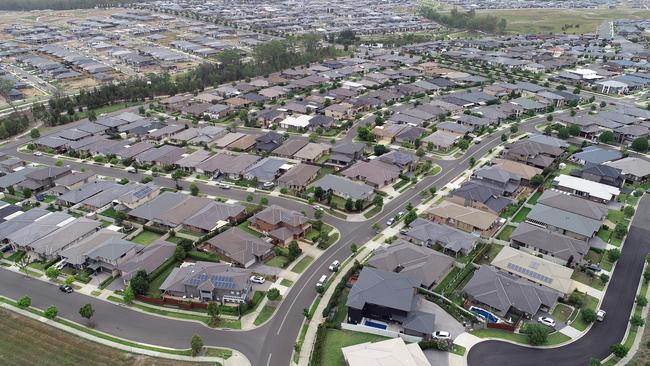
NSW
Don't miss out on the headlines from NSW. Followed categories will be added to My News.
New major housing projects across Sydney that have been given the green light by the Minns government’s powerful three-person housing authority will mostly be built in the city’s east, despite massive population growth in Western Sydney.
New analysis of projects that have been listed as state significant by the new Housing Delivery Authority (HDA), show that less than 12 per cent of projects approved for the expedited pathway are in the fastest growing western regions incorporating areas like Penrith, Liverpool, Camden and Riverstone.
Only 5410 homes have been greenlit for Sydney’s far west.
Since the HDA began rubberstamping projects in February, 116 projects comprising more than 45,200 homes have been declared state significant. Yet of this number, 26,470 or nearly two-thirds will be built in Sydney’s eastern area, which includes areas like Burwood in the inner west as well as the northern and eastern suburbs.
In comparison only 10,018 homes have been rubber stamped in central Sydney, which includes areas like Blacktown, Parramatta and the Hills.
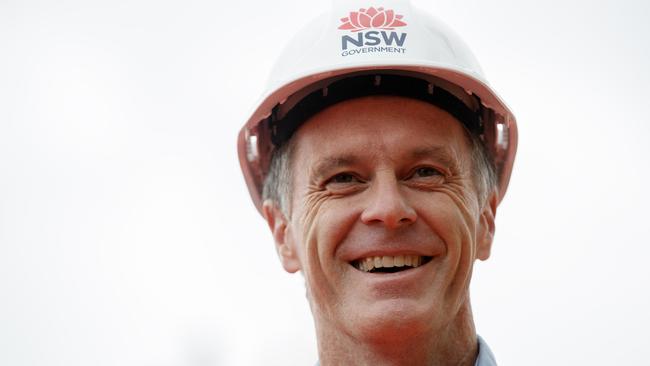
The HDA, which is ruled by three of the state’s top public servants, is empowered to fast-track large housing developments worth more than $60m in Sydney and $30m in the bush, bypassing council approvals, in an effort to fix the state’s crippling housing crisis.
Industry groups say the trend towards the east is likely because apartments can sell at a higher price closer to the CBD and are therefore more feasible to build.
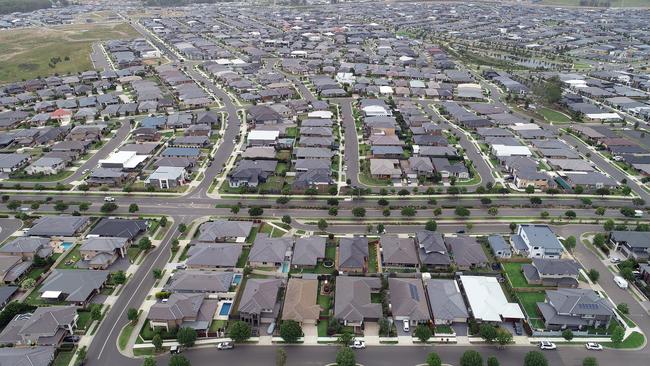
Urban Development Institute of Australia NSW chief executive Stuart Ayres said that the HDA had approved very few large greenfield sites, which are currently the most feasible for developers to build in Western Sydney.
“At the moment the HDA doesn’t appear to be taking full advantage of the opportunities that exist around greenfield development and that’s pushing more of the applications to the eastern half of the city,” he said.
“The HDA has received applications from proponents that have more feasible projects, it’s definitely more feasible to build apartments in the more expensive locations around the city.
“There’s no doubt that projects that are starting in expensive locations are starting because they can charge a high price for the apartment and cover the escalating cost of construction, so the idea that a lot of these apartments are going to be low-priced apartments is just not correct.”
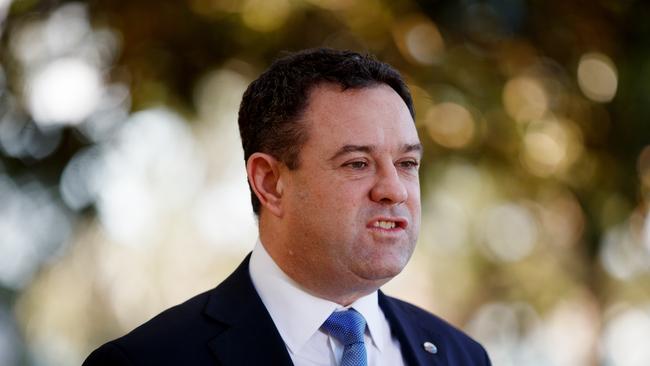
The trend towards the east comes despite projections showing Sydney’s western suburbs will take on the brunt of the city’s growing population over the next 15 years.
While Liverpool’s population is expected to increase by more than 127,180 people from 2021 to 2041, an area like Willoughby is expected to increase by 5812. Though Willoughby is a vastly smaller LGA, the area has had five projects totalling 1700 homes become state significant. In comparison, Liverpool has had two projects totalling 550 homes greenlit.
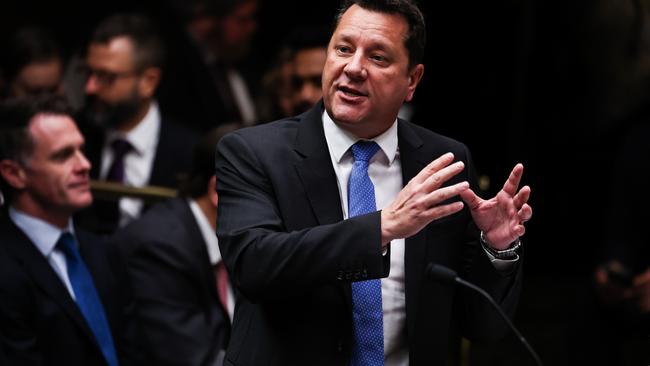
Planning Minister Paul Scully said the HDA had seen “strong interest in delivering more homes in existing suburbs that have access to jobs, transport and services where people want to live but have not had enough opportunities”.
“If approved, applications under the HDA will help to deliver on the housing targets that are helping to rebalance our housing growth,” he said.
Opposition planning spokesman Scott Farlow said the analysis of the HDA data showed it was not feasible to build new housing “in half of Sydney”.
“The only projects at the moment that are stacking up are effectively east of Homebush and that leads to a challenge when it comes to housing affordability,” he said.
“While people want to live closer to the CBD, there is a reality as well that many people do want to live close to family in Western Sydney.”
Do you have a story for The Daily Telegraph? Message 0481 056 618 or email tips@dailytelegraph.com.au





